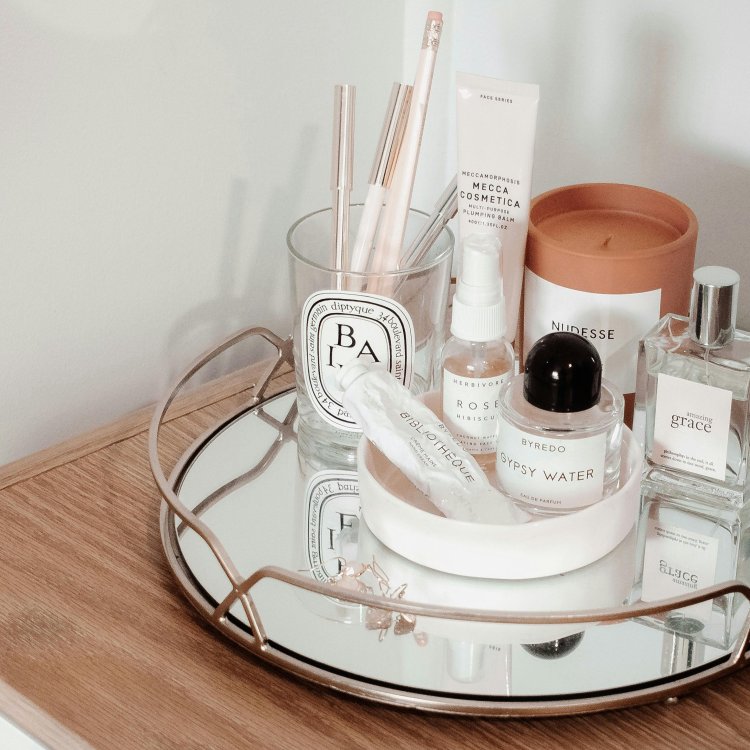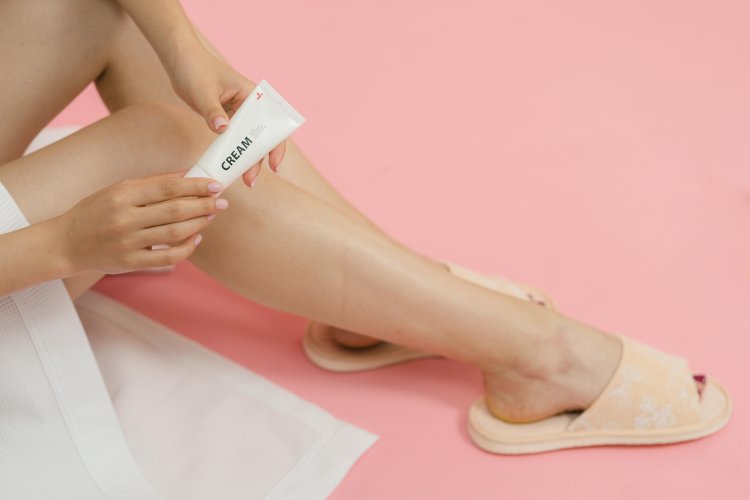Cream or Lotion? The Ultimate Guide to Soft, Healthy Feet
When it comes to achieving soft, healthy feet, many people find themselves puzzled over one essential question: Should I use a cream or a lotion? While both are designed to hydrate the skin, they differ in texture, ingredients, and effectiveness—especially when it comes to treating rough, dry, or cracked feet
Share this Post to earn Money ( Upto ₹100 per 1000 Views )
Cream or Lotion? The Ultimate Guide to Soft, Healthy Feet
When it comes to foot care, the debate between foot cream and lotion is more than just cosmetic. Your feet endure a lot daily—standing, walking, running, or simply bearing your weight. As a result, they need specific care to stay healthy, soft, and free from dryness or cracks. The choice between foot cream and lotion might seem trivial, but understanding the differences can significantly improve your foot care routine.
Understanding the Basics: Cream vs. Lotion
Foot Creams are thicker, richer, and more deeply hydrating than lotions. Their primary role is to provide intensive moisture, particularly for dry, rough, or cracked heels. They often contain ingredients like urea, shea butter, lactic acid, and salicylic acid—ideal for exfoliating dead skin and sealing in moisture.
Lotions, on the other hand, are lighter, water-based, and absorb more quickly. While they can hydrate the skin, they are more suitable for general use and less effective for severe dryness.
Key Differences Between Foot Cream and Lotion
1. Texture and Absorption
-
Cream: Thick and occlusive, forming a barrier on the skin to lock in moisture. Ideal for overnight use.
-
Lotion: Light and fast-absorbing. Great for quick hydration but may not last as long.
2. Hydration Power
-
Creams are better suited for deep hydration and repairing damaged skin.
-
Lotions are good for daily maintenance and preventing dryness.
3. Ingredients
-
Foot Creams often include exfoliants and healing ingredients.
-
Lotions typically contain humectants (like glycerin) and lightweight moisturizers.
4. Best Time to Use
-
Cream: At night, after a shower or before bed, when the skin can absorb nutrients during rest.
-
Lotion: During the day or post-wash for a quick moisture boost.
When to Choose Cream Over Lotion (or Vice Versa)
-
Choose Foot Cream if:
-
You have visibly cracked heels or calluses.
-
Your feet feel rough or flaky.
-
You need an intensive overnight treatment.
-
-
Choose Lotion if:
-
Your skin is generally healthy and you’re maintaining softness.
-
You need a non-greasy option for daytime use.
-
You're looking for something quick and light.
-
Expert Foot Care Tips
-
Exfoliate Weekly: Remove dead skin using a foot file or scrub before moisturizing to increase absorption.
-
Apply After Bathing: Lock in moisture by applying cream or lotion immediately after washing your feet.
-
Use Socks: Wearing cotton socks after applying cream helps trap moisture and enhances effectiveness.
-
Avoid Petroleum-Based Products on Broken Skin: Opt for medicated or naturally healing creams if you have open cracks.
-
Stay Consistent: Moisturizing daily is key to long-term results.
Product Recommendations
-
For Intense Repair:
-
Foot creams with urea or lactic acid (e.g., AmLactin, O’Keeffe’s).
-
-
For Daily Moisture:
-
Lightweight lotions with glycerin or aloe vera.
-
Conclusion
Foot creams and lotions each have their place in a solid foot care routine. If your feet are healthy, a lotion may be all you need. But if you're dealing with dryness, cracking, or tough skin, a rich foot cream is your best ally.
By understanding the benefits of each and using them appropriately, you’ll be one step closer to soft, healthy feet all year round.
For further reading, check out the original article at PrimeCommerce.net.
















